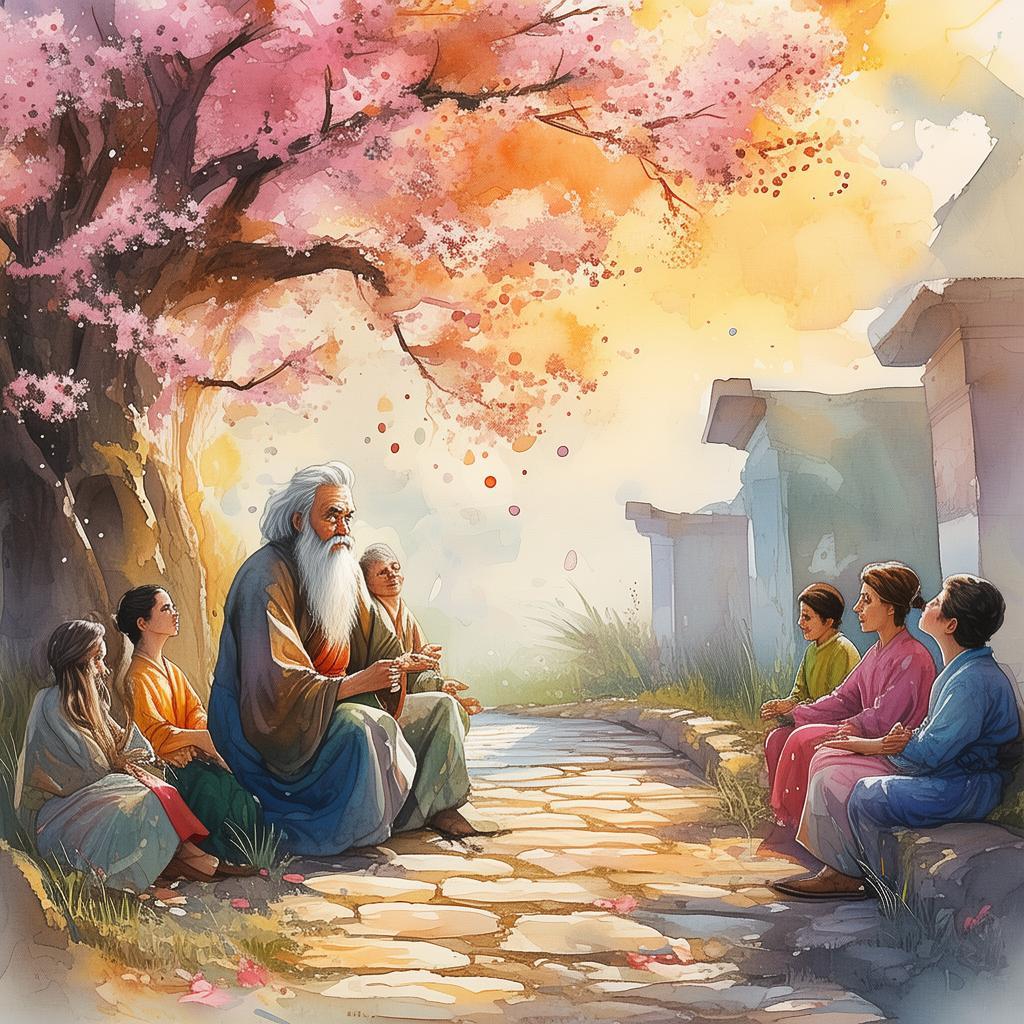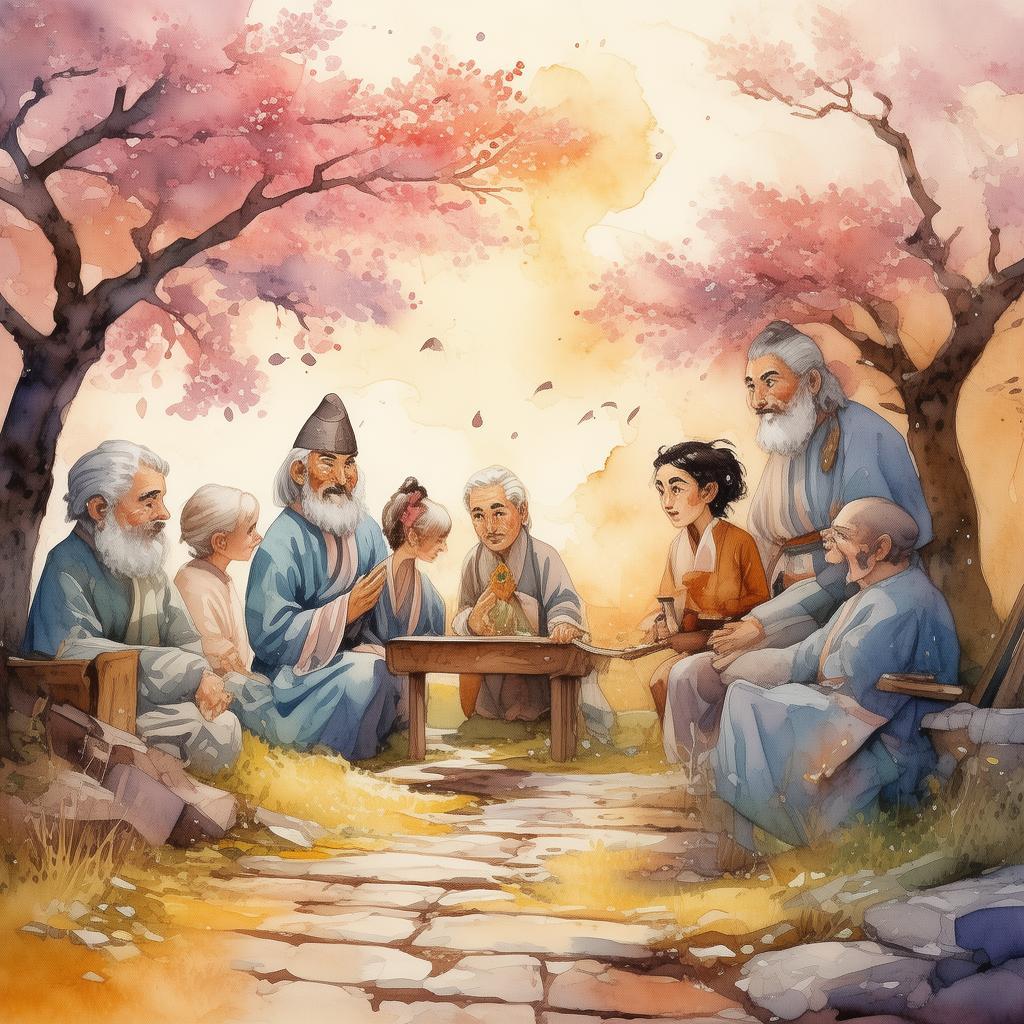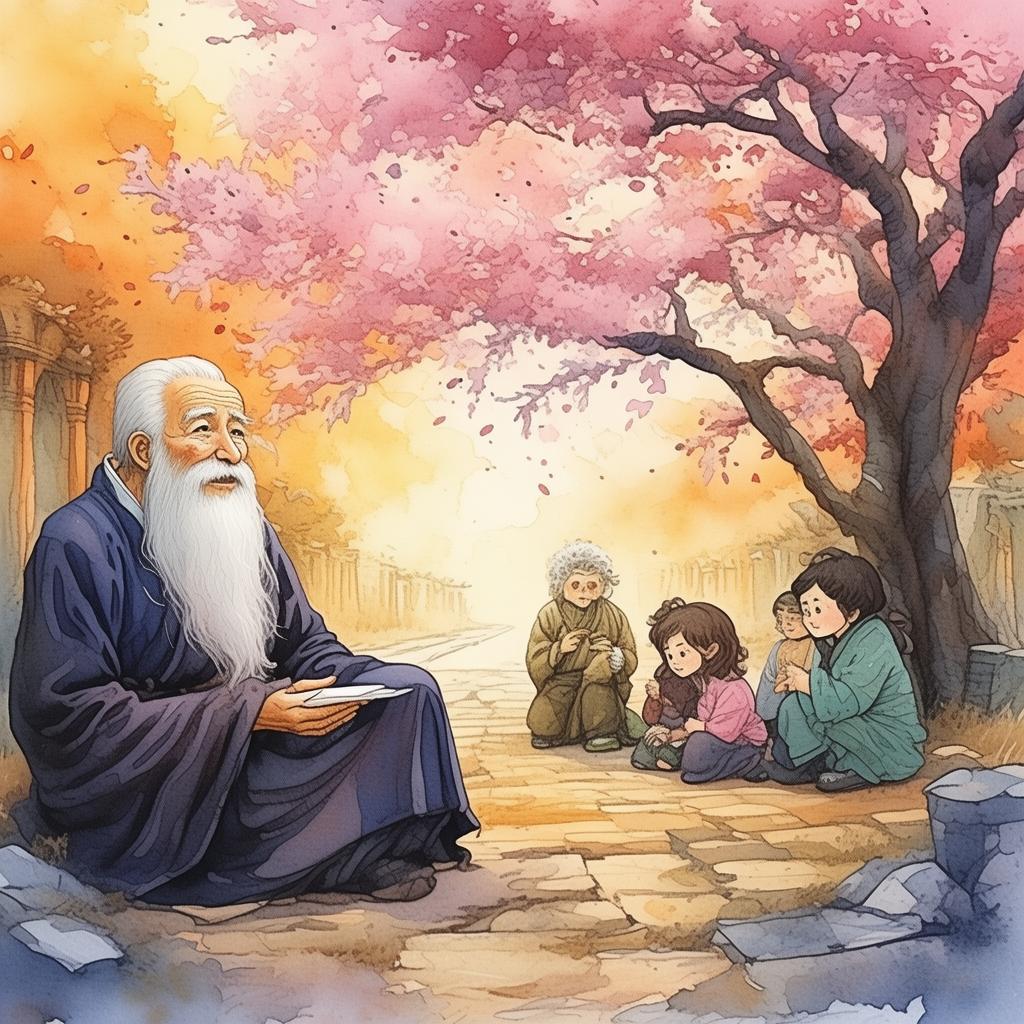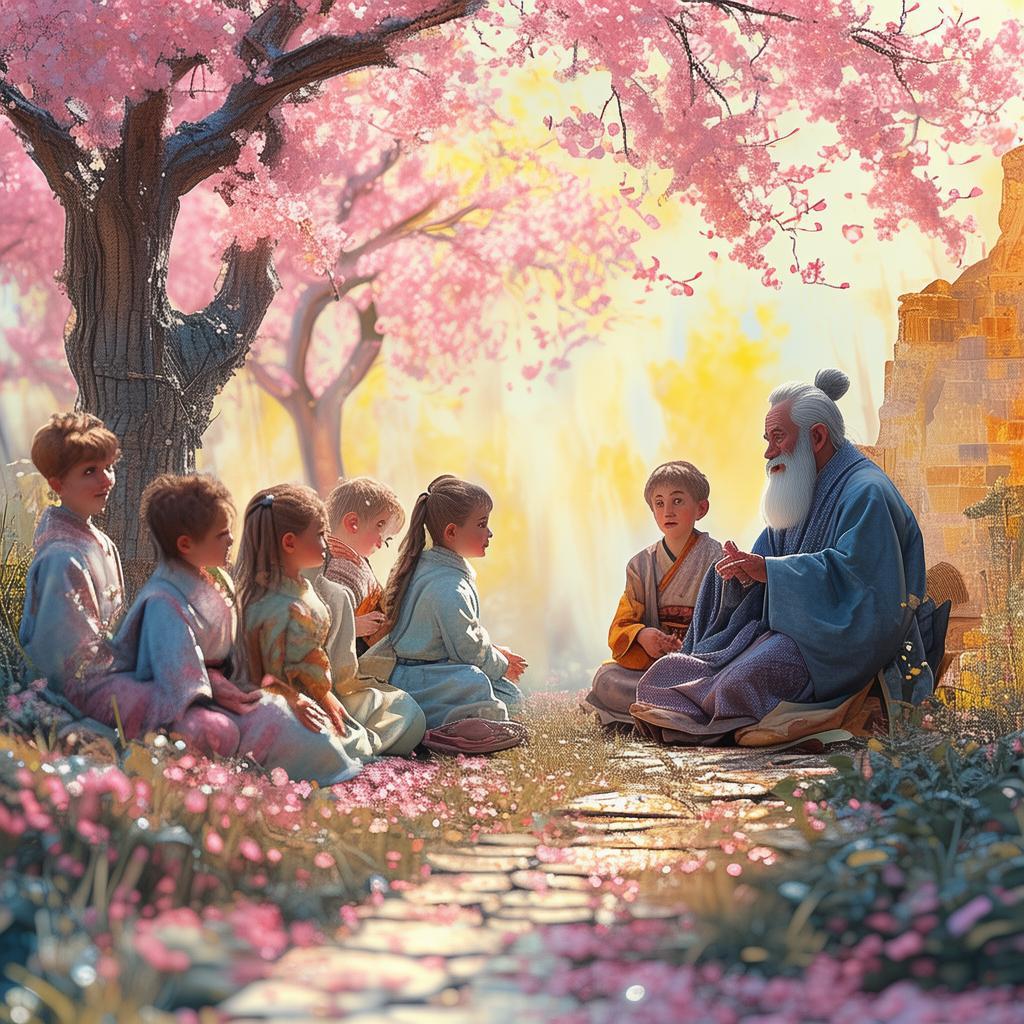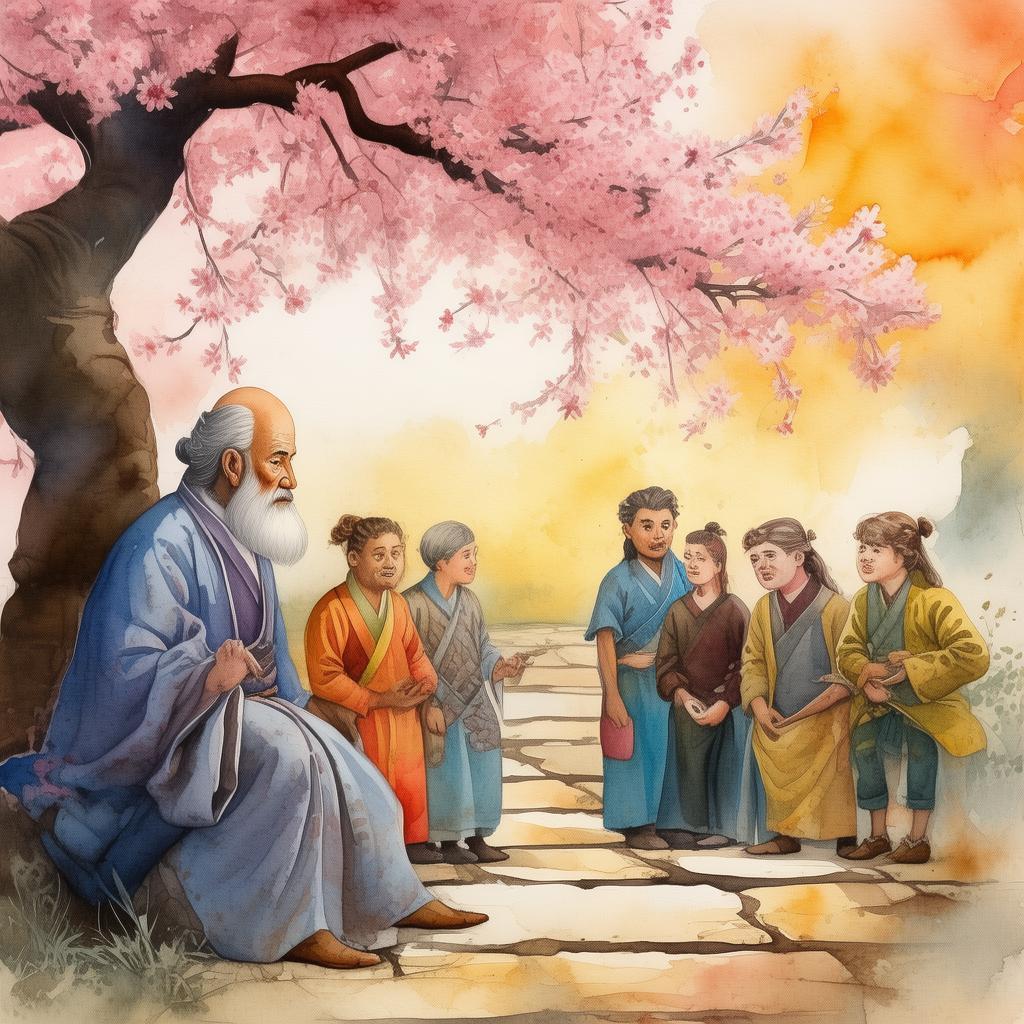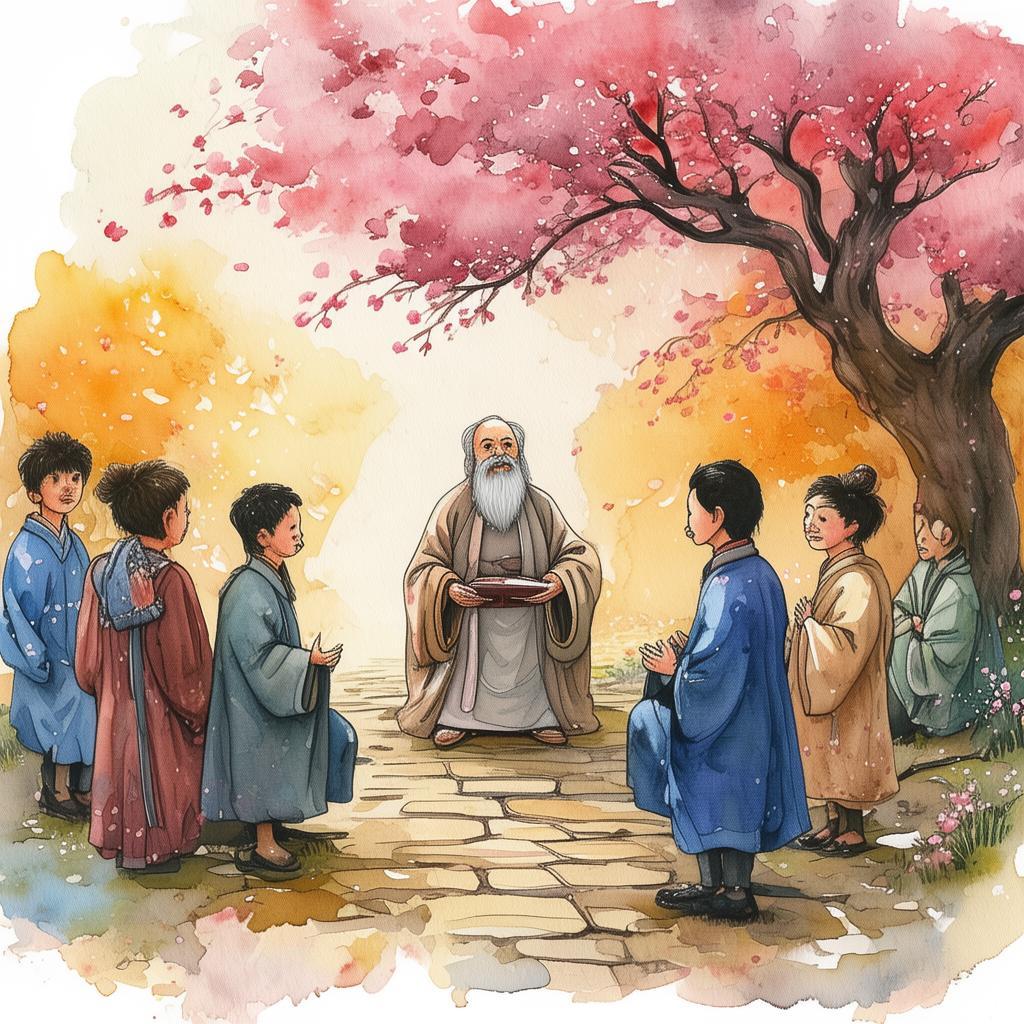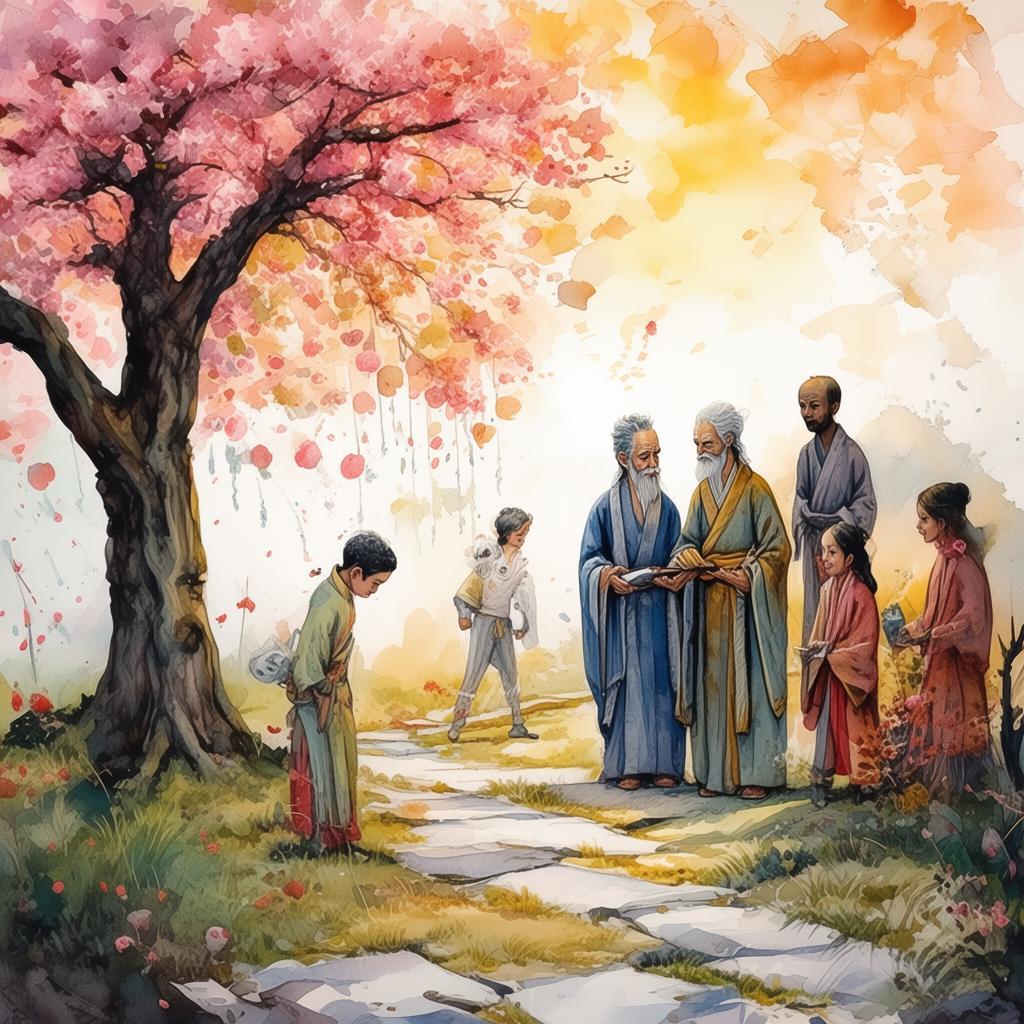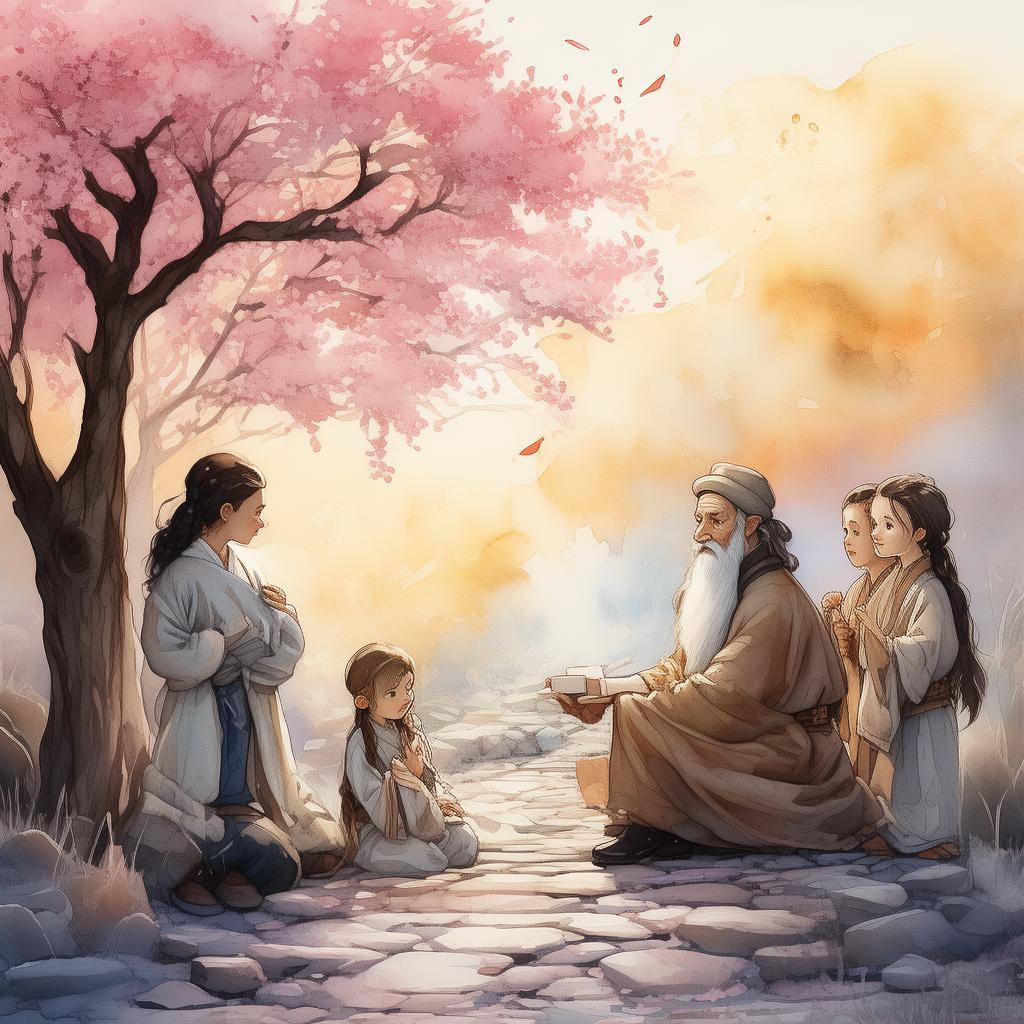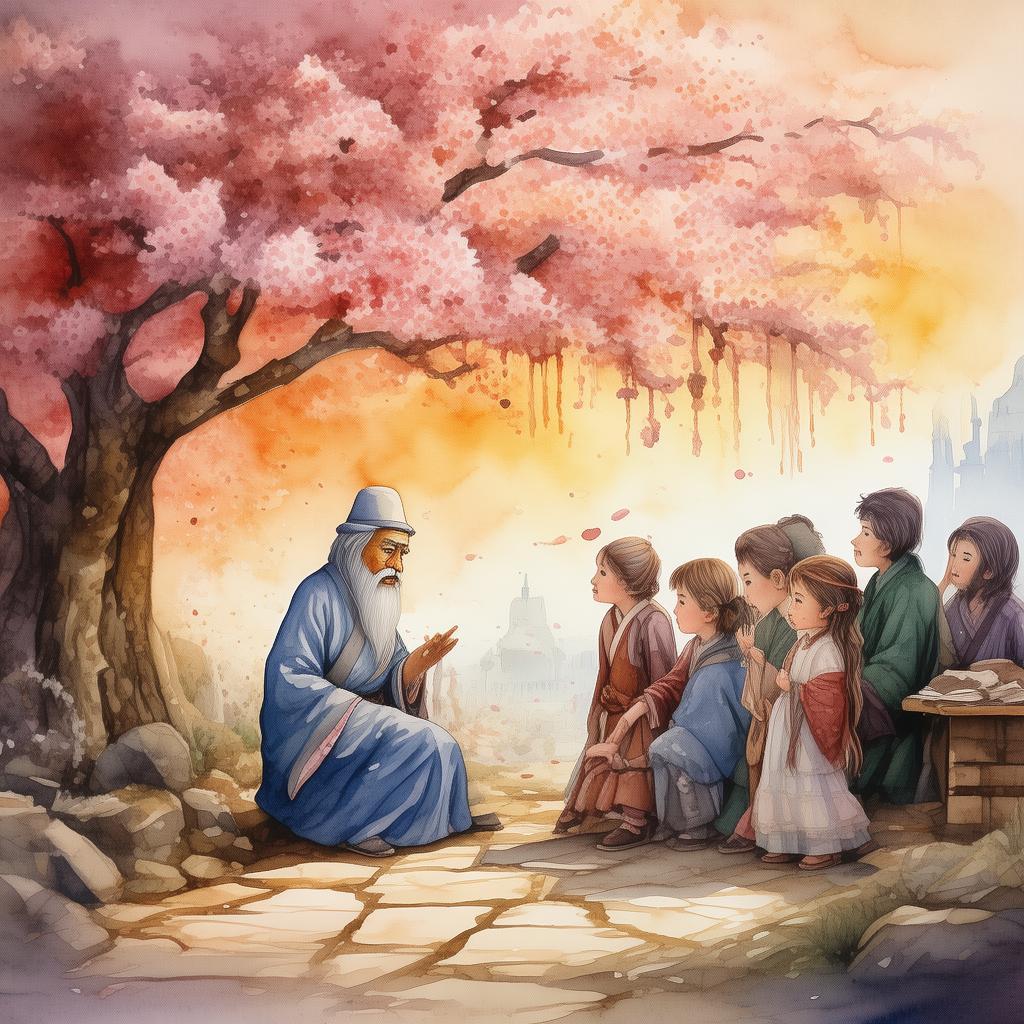The Phoenix's Vow: A Journey of Vengeance and Forgiveness
In the ancient land of Ling, the phoenix was a symbol of the imperial family, representing power, grace, and rebirth. The Phoenix Dynasty had stood for centuries, its power unchallenged. But all good things must come to an end, and so it was with the Phoenix Dynasty. A treacherous advisor, corrupted by ambition, betrayed the throne, leading to the fall of the dynasty and the death of the last emperor. The last phoenix, known as Hua, vowed to avenge her people's suffering and restore the dynasty's honor.
Hua was no ordinary phoenix. With feathers as bright as the morning sun and eyes that could pierce the darkest of hearts, she was born to be the beacon of hope for her people. But her vow was heavy, and the path to redemption was fraught with peril. She embarked on a journey through the land, gathering allies and learning the ways of the world that had once been her kingdom.
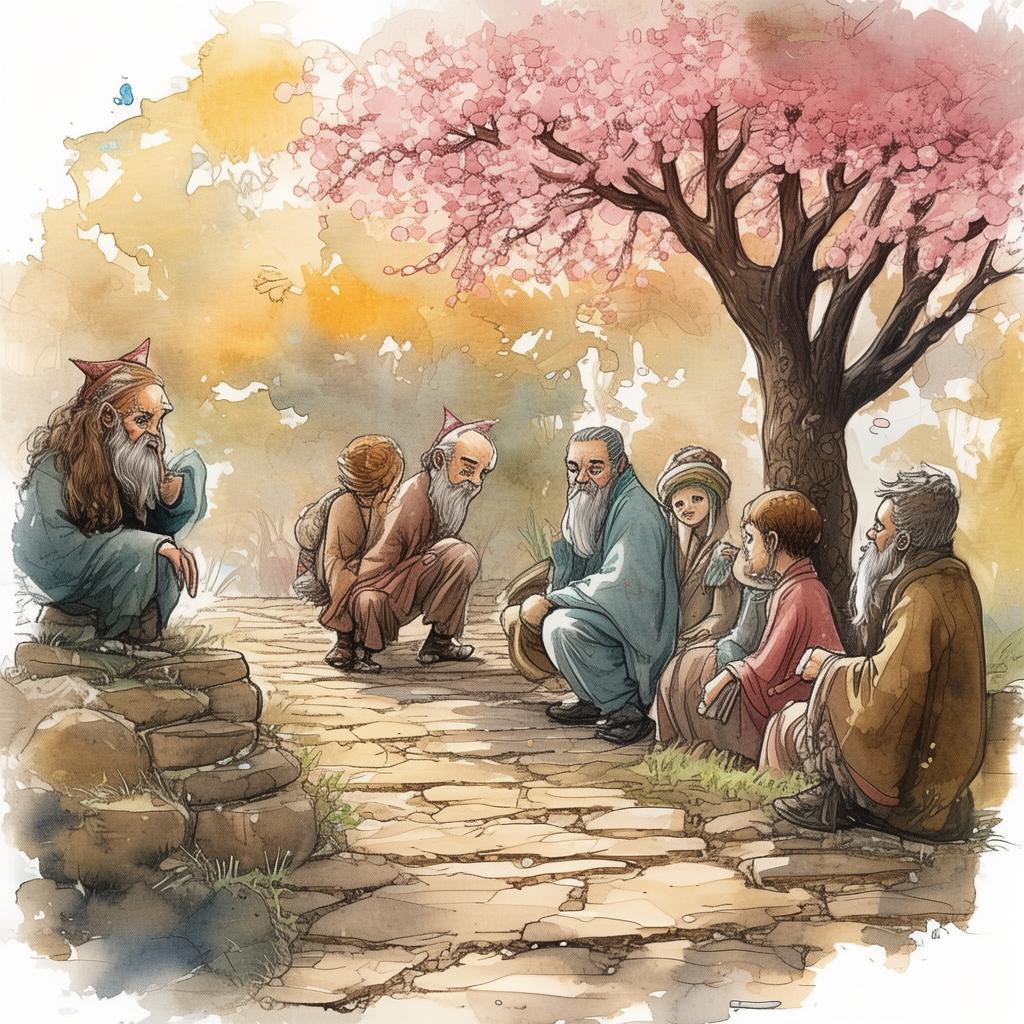
As she traveled, Hua encountered a myriad of characters. There was the wise old sage who taught her the ways of balance and compassion, the warrior who showed her the strength of resolve, and the innocent child who reminded her of the purest form of love. Each encounter brought her closer to understanding the true meaning of her vow.
One fateful day, Hua met a young man named Ming, who had been banished for his noble lineage, which was also targeted by the traitor. Ming was a skilled swordsman, and together, they forged a deep bond. Ming believed in Hua's cause, but he also saw the toll her vow was taking on her spirit. He knew that if she were to truly redeem the dynasty, she must first redeem herself.
The journey took them to the heart of the traitor's stronghold, a place shrouded in shadows and treachery. As they infiltrated the palace, they were met with guards, spies, and a labyrinth of deceit. Hua and Ming fought valiantly, their skills tested to the limit. They defeated the traitor's lieutenants, each victory bringing them closer to the traitor himself.
In the final confrontation, Hua faced the traitor, a man who had once been her mentor. He had seen the fall of the dynasty and taken it upon himself to dismantle the empire he once served. Hua was torn between her vow and her humanity. She realized that her quest for revenge had blinded her to the truth that the traitor's actions were driven by his own pain and betrayal.
In a moment of profound clarity, Hua chose forgiveness over revenge. She forgave the traitor for his actions, and in doing so, she freed herself from the burden of her vow. The traitor, moved by her grace, joined their cause, using his influence to dismantle the remnants of his former empire.
With the traitor's help, Hua and Ming began the long process of rebuilding the empire. They did not seek to recreate the old dynasty but to build a new one based on justice, compassion, and unity. The phoenix's vow had been fulfilled not through the sword but through the heart.
Years passed, and the new empire flourished under the wise rule of Hua and Ming. The phoenix, once a symbol of power and vengeance, became a symbol of hope and forgiveness. Her story was told far and wide, inspiring generations to come. And so, the phoenix's vow was not just a tale of retribution but a story of redemption, proving that true power lies not in the strength of arms but in the strength of spirit.
✨ Original Statement ✨
All articles published on this website (including but not limited to text, images, videos, and other content) are original or authorized for reposting and are protected by relevant laws. Without the explicit written permission of this website, no individual or organization may copy, modify, repost, or use the content for commercial purposes.
If you need to quote or cooperate, please contact this site for authorization. We reserve the right to pursue legal responsibility for any unauthorized use.
Hereby declared.
